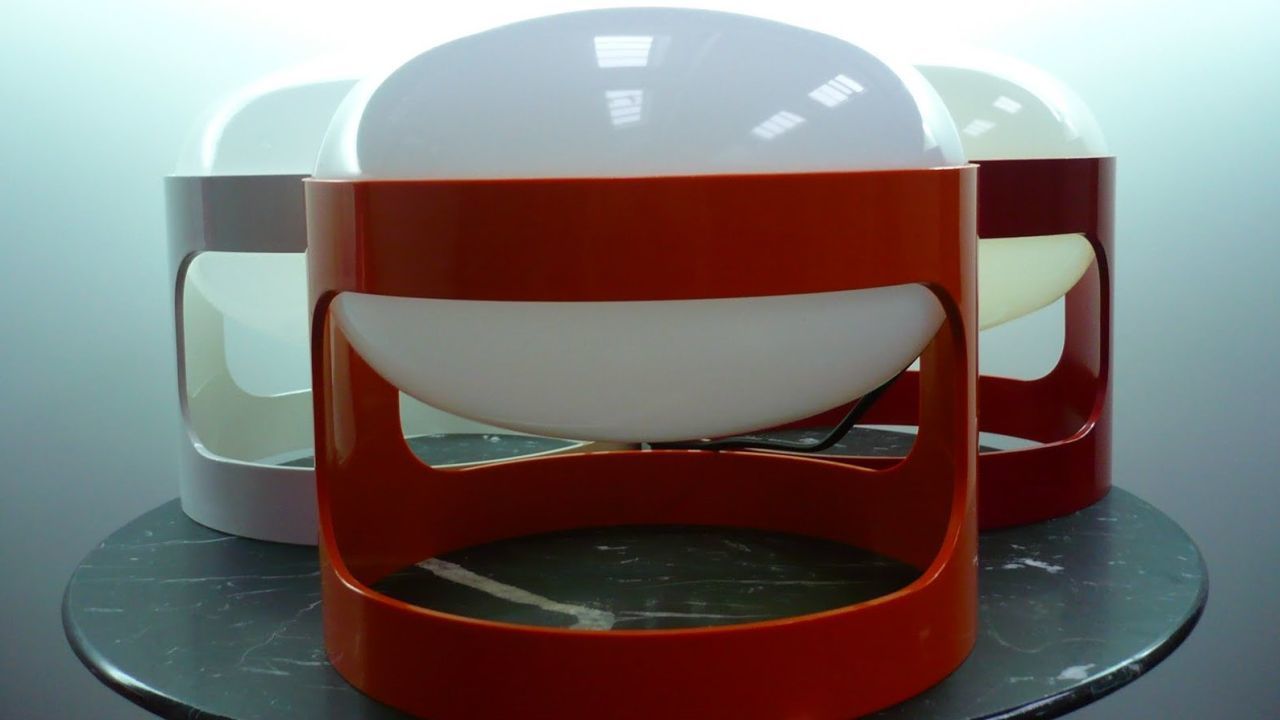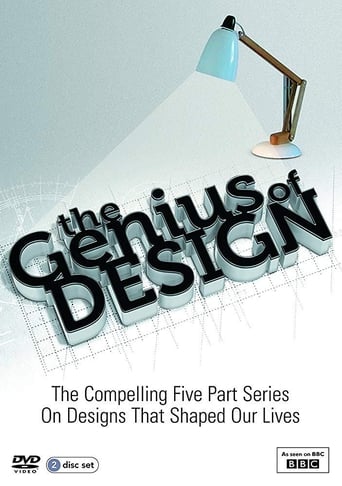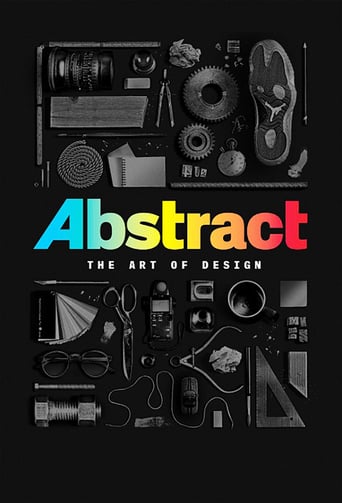With 30 Day Free Trial!
The Genius of Design
2010
Documentary series exploring the history of design
Watch Trailer
The Genius of Design Season 1 Full Episode Guide
Picking up the story of design from the drab days of the late 70s, the final episode tracks the explosion of wild creativity that defined the 'designer decades' of the 80s and early 90s. By addressing wants rather than needs and allying themselves to the blatant consumerism of 'retail culture' designers emerged from the backrooms to claim a starring role in the shaping of modern life. Designers also played a decisive role in making the world-changing power of computer and digital technology available to the masses through the design of keyboards, the mouse and the 'desktop'. And now, with concerns growing daily about our insatiable appetite for 'stuff', designers are also offering new ideas about sustainable consumption for the future.
The story of design enters the 50s and 60s, when a revolutionary new material called plastic combined with the miracles of electronic miniaturisation to allow designers to offer post-war consumers something new: liberation. Designer Verner Panton pursued the seemingly impossible dream of a chair made from a seamless piece of plastic while Joe Colombo proposed the Austin Powers-style 'cabriolet bed', complete with built-in cigarette lighter and stereo. Meanwhile in Japan, designers at Sony were shrinking radios from pocket-size to palm-size, paving the way for the ultimate in portable lifestyle-the Walkman. But the optimism of the era came to an abrupt end when concerns about the environmental impact of plastic came to the fore.
The Genius of Design examines the Second World War through the prism of the rival war machines designed and built in Germany, Britain, the USSR and the USA, with each casting a fascinating sidelight on the ideological priorities of the nations and regimes which produced them. From the desperate improvisation of the Sten gun, turned out in huge numbers by British toy-makers, to the deadly elegance of the all-wood Mosquito fighter-bomber, described as 'the finest piece of furniture ever made', the stories behind these products reveal how definitions of good design shift dramatically when national survival is at stake. Featuring desert war veteran Peter Gudgin and designer Michael Graves.
In the crisis-stricken decades of the 1920s and 1930s, with the world at the tipping point between two global wars, design suggested dramatically different ideas about the shape of things to come, from the radical futurism of the Bauhaus to the British love affair with mock-Tudor architecture and the three-piece suite. In Europe, the 'modern movement' promoted the virtues of the machine and the machine-made with theories and products like open-plan living, the fitted kitchen and tubular steel furniture which have become absorbed into the mainstream of the designed world. In the USA, designers like Raymond Loewy and Henry Dreyfuss explored and exploited the dreams and desires of American consumers to develop a market-based approach to design which has become one of the bedrocks of the modern consumer society. Featuring Niels Diffrient and Tom Dyckhoff.
The first episode of this new series tells the fascinating story of the birth of industrial design. Alongside the celebrated names, from Wedgwood to William Morris, it also explores the work of the anonymous designers responsible for prosaic but classic designs for cast-iron cooking pots to sheep shears - harbingers of a breed of industrially produced objects culminating in the Model T Ford. Includes interviews with legendary designer Dieter Rams and J Mays, Ford Motors' global head of design.
Free Trial Channels
Seasons





























